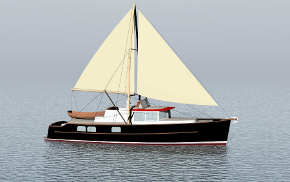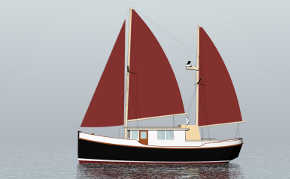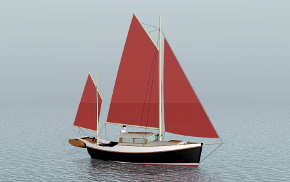Capsize of Refugee Boats in the Mediterranean
Mass drownings in the Mediterranean Sea day after day. A horrible situation that’s entirely preventable, or would be if someone (UN?) could enforce some simple loading guidelines.
Of course I realize the problems are not anything close to simple, and the only real cure is to eliminate the need of people fleeing their homelands in search of physical safety or economic betterment. Can this be done? Of course, but it will take real effort over a long term. Meanwhile there’s a stability problem to address.
People are drowning because these boats are overloaded. Overloading does a couple of things, one is the boat sinks lower in the water, reducing freeboard which means the boat downfloods at a lower heel angle. It also immerses topside seams (for wooden boats) that are less watertight than bottom seams, so leaking increases and the risk of free surface (unconstrained water inside the hull) pulling the boat over increases. The other factor in overloading is the huge number of people on deck raise the center of gravity, again reducing reserve stability.
Capsize of Refugee Boats in the Mediterranean
Controlling the passenger load is the only way to reduce these capsizing incidents. Probably the only way to control loading is education of the passengers, which is why I’m posting this.
So how many passengers would be an acceptable number? Naval Architect Stephen Ditmore has done some work on this question, and based on earlier work by NA Cyrus Hamlin, has come up with a very simple loading rule.
Number of pass = L x B^2 / 6
L is length of the vessel, B is beam, both in meters. So if the boat is 15m long and 5m wide, you have 15 x 25 divided by 6, which equals 62 people. Small children can be taken as half a person.
-
External Links
- Sorry, no links have been posted




